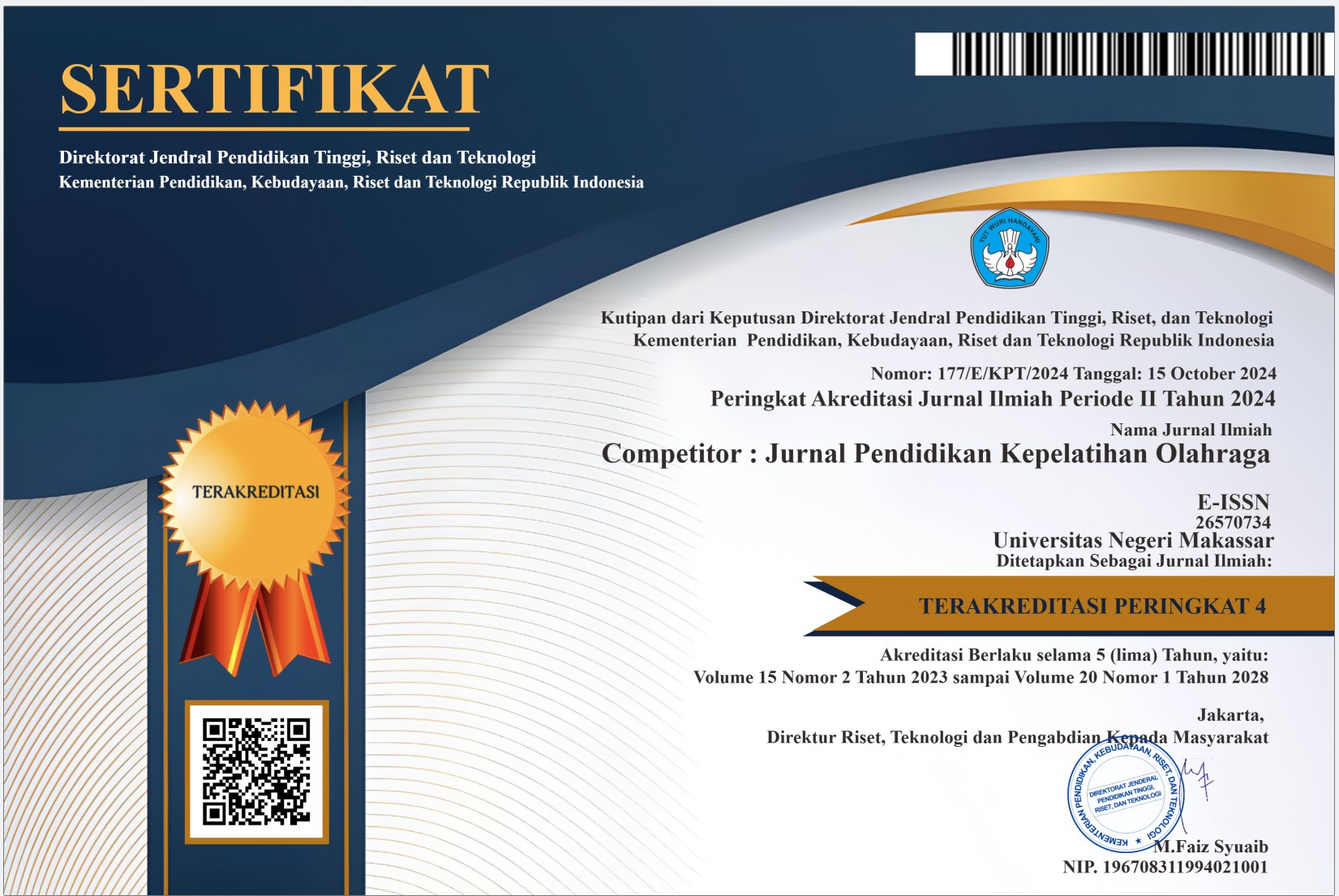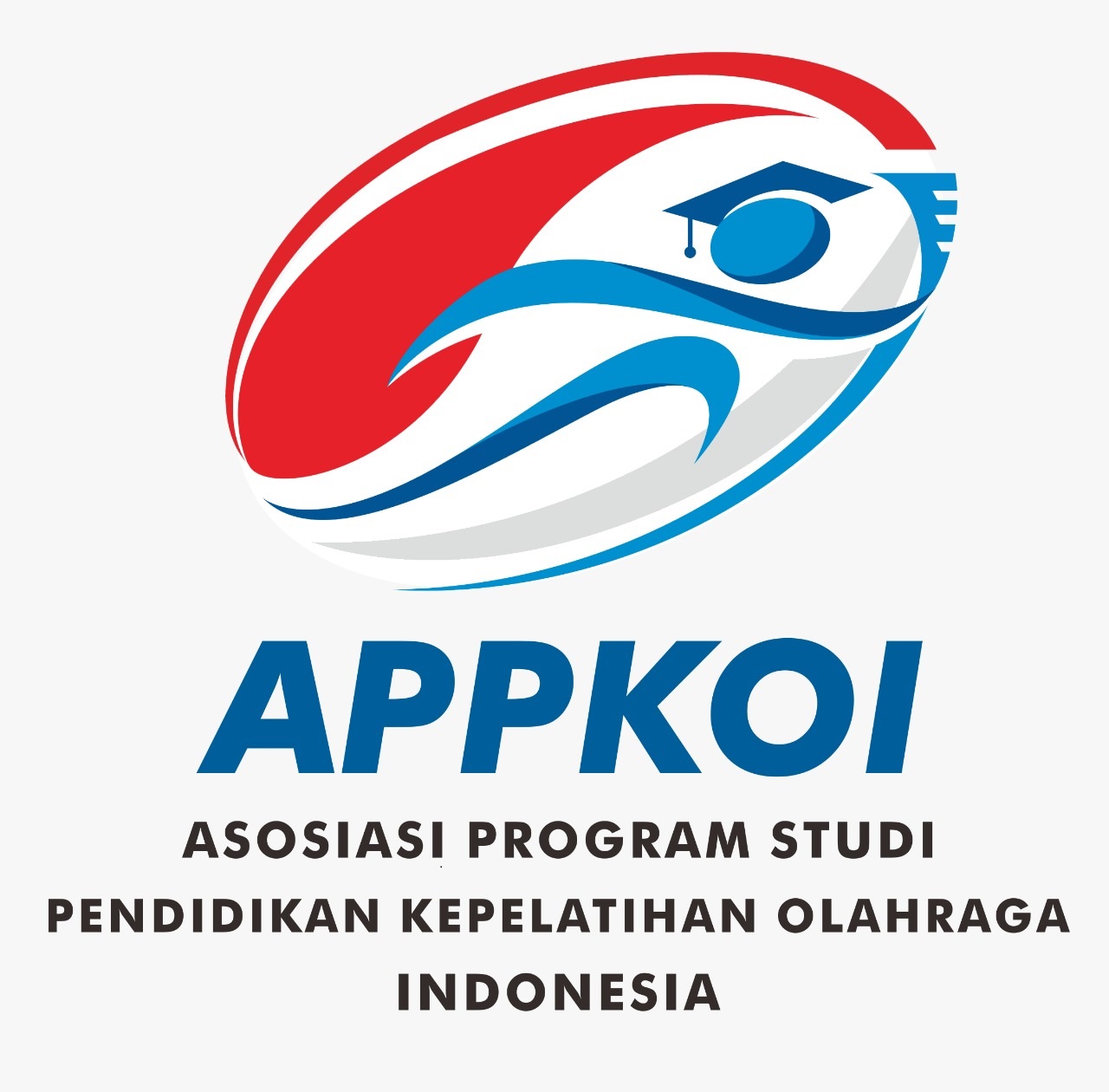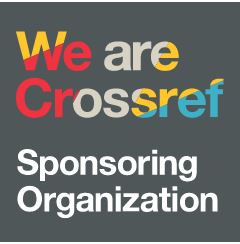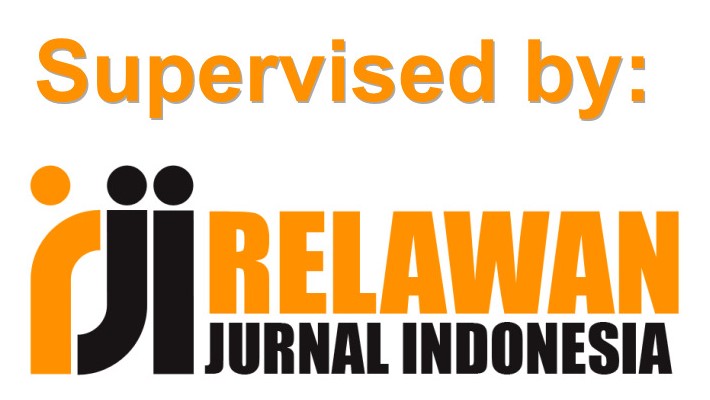The Influence Of Sport Tourism Potential On The Development Of Special Interest Tourism (Lingayan Island, Dampal Utara District, Toli Toli Regency)
DOI:
https://doi.org/10.26858/cjpko.v17i2.242Keywords:
Sport Tourism; Tourism Development.Abstract
This study aims to describe the influence of sport tourism potential on the development of special interest tourism (Lingayan Island, North Dampal District, Tolitoli Regency). The research method used in this study is a quantitative descriptive method using factor analysis techniques. The subjects in this study were 90 people. Data were collected through questionnaires and analyzed using simple linear regression, drawing conclusions. The results of this study indicate, Gender: The majority of respondents were female (55 people), while 35 were male. Although your text states 50 women and 20 men in the explanatory paragraph, Table 1 shows 55 women and 35 men. The percentage diagram also shows the dominance of women (60%), although the percentage of men 20% does not match the number mentioned (35 out of 90 respondents should be around 38.9%). Please check the consistency of this data again. Age: Respondents are dominated by the 17-20 age group (55 people), while the 15-17 age group is 45 people. Region of Origin: The majority of tourists come from Toli-Toli (50 people), while 40 people come from other areas. Your text states 43 people from other areas, which is also inconsistent with Table 3. Please check again. Number of Visits in 1 Year: The most dominant level of visits is more than 3 times (36 people) with a percentage of 38%, followed by 2 times (30 people/33%), 3 times (15 people/19%), and 1 time (10 people/10%).
References
Elistia, E., & Nurma, A. (2023). Theory of Planned Behaviour in the Interest of Buying Organic Cosmetic Products in Generation Y in Jakarta. Journal 24/7: Journal of Business and Management, 1(1), 33–52.
Elviani, N., Fajar, M., & Mahendra, A. (2023). Potential of Sport Tourism in Pagar Gunung District, Lahat Regency. Journal on Education, 06(01), 5733–5742.
Ghozali, I. (2013). Multivariate Analysis Application with IBM SPSS 21 Update PLS Regression Program. Diponegoro University Publishing Agency.
Kawatu, V. s., Mandey, silvya l., & Lintong, Debray Ch. a. (2020). The Influence of Tourist Attractions on Revisit Intentions with Satisfaction as an Intervening Variable at the Bukit Kasih Kanonang Tourist Attraction. EMBA Journal, 8(3), 400–410.
Maulana, MA, Herlambang, T., & Ratimiasih, Y. (2020). Analysis of Sport Tourism at Tirta Samudera Beach in Jepara Regency. Journal of Physical Activity and Sports (JPAS), 1(1), 71–79. https://doi.org/10.53869/jpas.v1i1.23
Sari, D., Kusumah, AHG, & Marhanah, S. (2018). Analysis of Motivational Factors of Young Tourists in Visiting Special Interest Tourism Destinations. Journal of Indonesian Tourism, Hospitality and Recreation, 1(2), 11–22. https://doi.org/10.17509/jithor.v1i2.13762
Sugiarto, Sahri, Zam-zam, M., Soegiyanto, & Limpad, N. (2017). Potential and Development of Conservation-Based Nature Sports in Central Java Province. Journal of Education, 3(2), 213.
Sugiyono. (2016). Quantitative, Qualitative, and R&D Research Methods. Alfabeta.
Sugiyono. (2018). Mixed Methods Research Methods. Alfabeta.
Utami, AT, Wufron, W., Wahid, AA, & Rahayu, DA (2022). Tourist Visiting Interest Through Destination Image and Floating Warung Culinary Tourism Attraction. Journal of Economic Discourse, 22(01), 048–058.
Downloads
Published
Issue
Section
License
Copyright (c) 2025 Faturrahman, Didik Purwanto, Andi Saparia, Muh. Saldi (Author)

This work is licensed under a Creative Commons Attribution 4.0 International License.





















